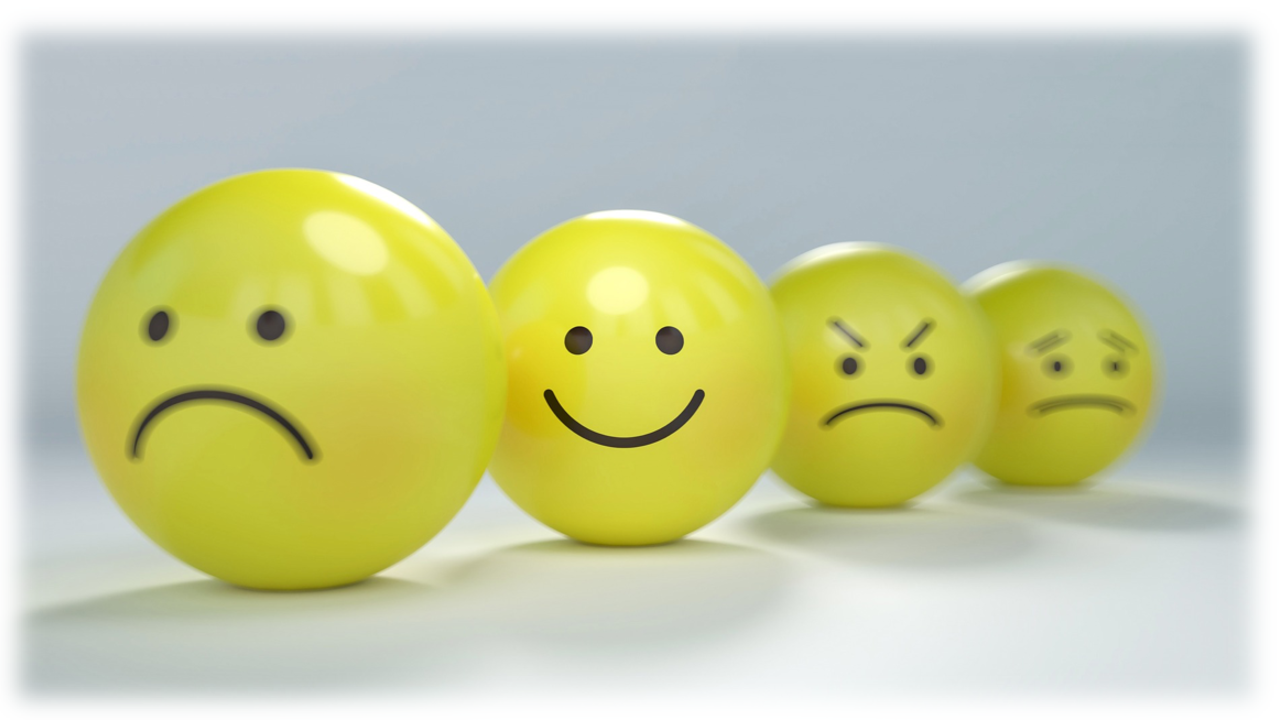OUR HAPPY FACE LOOKS THE SAME ALL OVER THE WORLD: Facial expressions can be analyzed
Dec 02, 2019
A very frequent asked question of my clients is:
Can you really analyze facial expressions? Are there any scientifically proven facts beyond famous TV Shows like “Lie to me”? (http://www.paulekman.com/lie-to-me/) Or is this just pure nonsense?
I have been studying the body language (a favorite topic) for over 20 years and facial expressions are very relevant for my clients.
In our leadership programs, we use methods like Mimikresonanz® or other facial expression analyzing tools.
They are accurate, easy to learn and help my clients
- understand their human interactions better,
- become more aware of their environment
- and hence enable great rapport and communication with their peers.
Some leaders acknowledge the fact that these tools make them better negotiators, others appreciate them in sales situations or in leading their teams.
So what’s the deal, in a nutshell:
There is such thing as the Basic Science of Facial Expressions of Emotion, an incredibly valued science with relevant discoveries, like:
-> Several basic facial expressions of human emotions are universal and not culture-specific
Over 75 studies, held in different corners of the world by various, non-connected researchers, reveal that people produce the very same facial expressions if emotions happen spontaneously.
So even if every culture has it’s own language and specifics, our face has similar indicators when we are surprised, joyful, contempt, sad, angry, disgusted or scared.
Yes, all over the world.

Microexpressions
A microexpression is super fast, it lasts between 0,5 to 4 milliseconds and it involves the entire face. It happens when single emotions occur and are likely signs of concealed emotions (Ekman 2003).
We love microexpressions because they usually reveal important hints in emotionally tensed situations.
Please, don’t play Sherlock
And don’t try to guess why the person is feeling the emotion you see.
Facial expressions are valuable indicators of emotions, but they never give us the reason someone’s feeling that certain emotion.
How can you learn this
I teach Mimikresonanz® learnings in my leadership programmes. Besides that, in my one on one work with the clients.
I can also recommend the Eilert Akademie www.eilert-akademie.de

